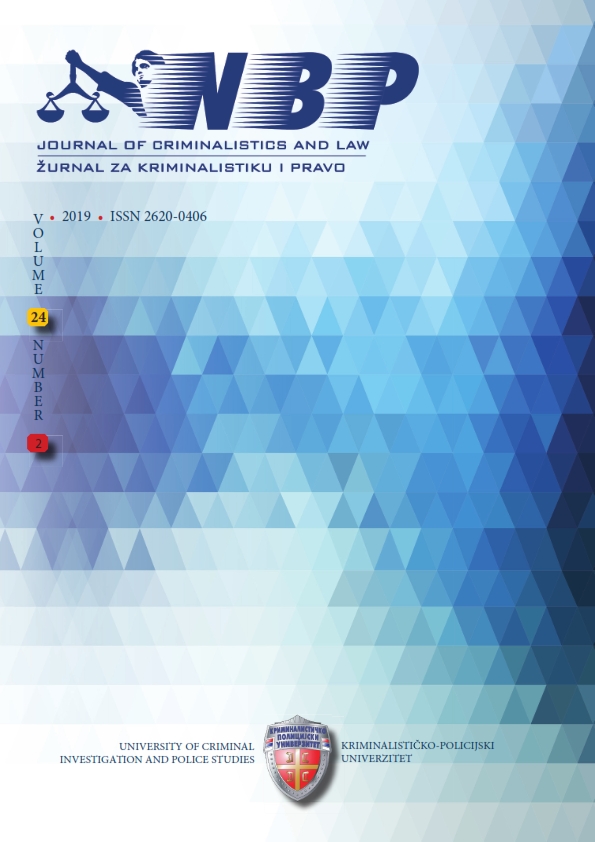The Difference in Criminal Thinking Styles and the Depth of Involvement in Criminal Lifestyles with Regard to the Age, Recidivism and Violence of a Criminal Offence
The Difference in Criminal Thinking Styles and the Depth of Involvement in Criminal Lifestyles with Regard to the Age, Recidivism and Violence of a Criminal Offence
Author(s): Žana VrućinićSubject(s): Social Sciences, Penology
Published by: Kriminalističko-policijski univerzitet
Keywords: convicts; criminal thinking styles; behavioural criminal styles
Summary/Abstract: The aim of this study is to determine the differences in criminal thinking styles measured by Psychological Inventory of Criminal Thinking Styles, PICTS (Walters, 1995; 2005), on the one hand, and criminal behavioural styles measured by Lifestyle Criminality Screening Form score, LCSF (Walters, White & Denney, 1991) on the other hand, given the age, type of crime and recidivism. The sample of this research consisted of 126 inmates of Banja Luka Correctional Facility. The results show that younger convicts violate social rules more than the older ones. The convicts who commit violent crimes have higher scores in interpersonal intrusiveness, while convicts who are prone to non-violent crimes have more present discontinuity as a criminal thinking style. Recidivists, unlike UN-recidivists, have higher scores in self-indulgence and social rule break, and also have significantly more pronounced criminal thinking styles of mollification, entitlement, super-optimism and discontinuity. Theoretical and practical implications of these findings are discussed.
Journal: NBP – Nauka, bezbednost, policija
- Issue Year: 24/2019
- Issue No: 2
- Page Range: 79-95
- Page Count: 17
- Language: English

